In a world of fleeting digital connections, could a simple QR code transform workplace vibes? Enter the qr gratitude wall —a tech-savvy twist on sharing appreciation in co-working spaces. By scanning a code, users access a virtual wall to post or read messages of thanks, fostering a sense of community amid the hustle of hot desks. This innovative tool isn’t just a feel-good gimmick; it’s sparking real emotional boosts, with early research suggesting a link to increased oxytocin levels among participants.
What Is a QR Gratitude Wall?
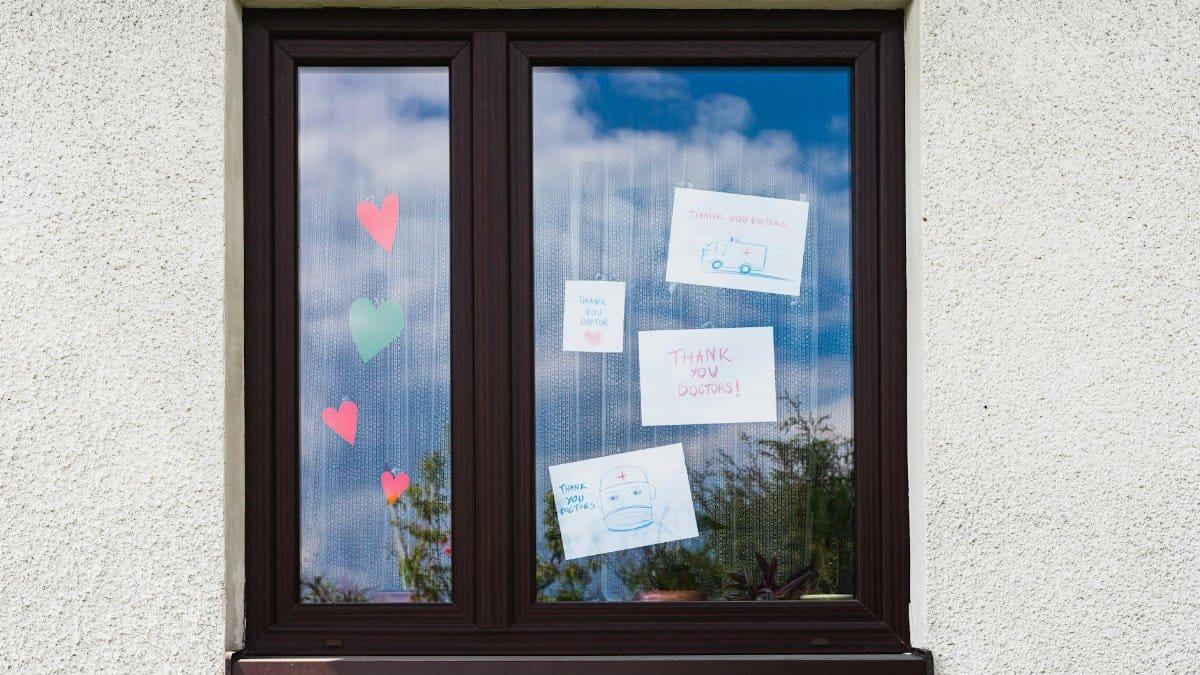
A qr gratitude wall is a digital platform accessed via a scannable QR code, often displayed in shared spaces like co-working offices. Once scanned, it directs users to a virtual board where they can leave messages of gratitude or read notes from others. It’s a low-effort, high-impact way to build connection among transient workers who might never exchange more than a nod at the coffee machine. The concept merges tech with human emotion, creating a unique bonding tool.
Why Co-Working Spaces?
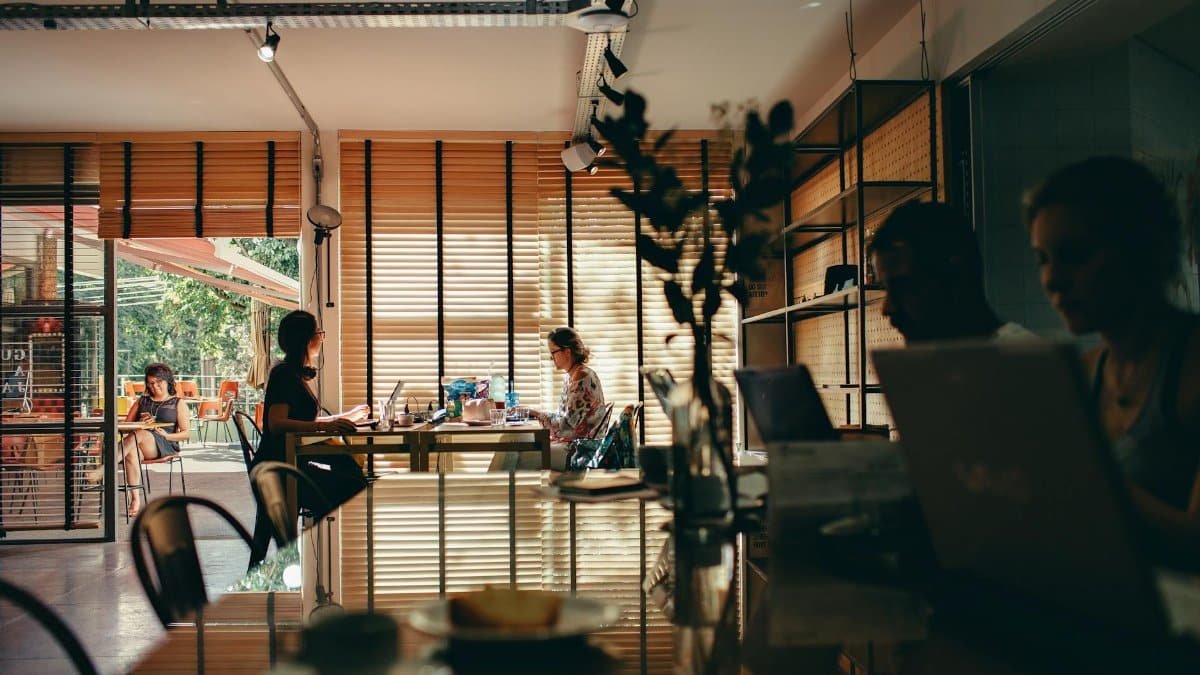
Co-working spaces thrive on community, yet many freelancers and remote workers feel isolated amid the rotating cast of desk-mates. A qr gratitude wall bridges that gap, offering a platform for anonymous or named shout-outs. Whether it’s thanking someone for sharing a charger or praising a collaborative idea, these walls turn small gestures into shared positivity. Spaces like WeWork have started piloting such tools, recognizing their potential to enhance user satisfaction and retention.
The Science of Gratitude and Oxytocin
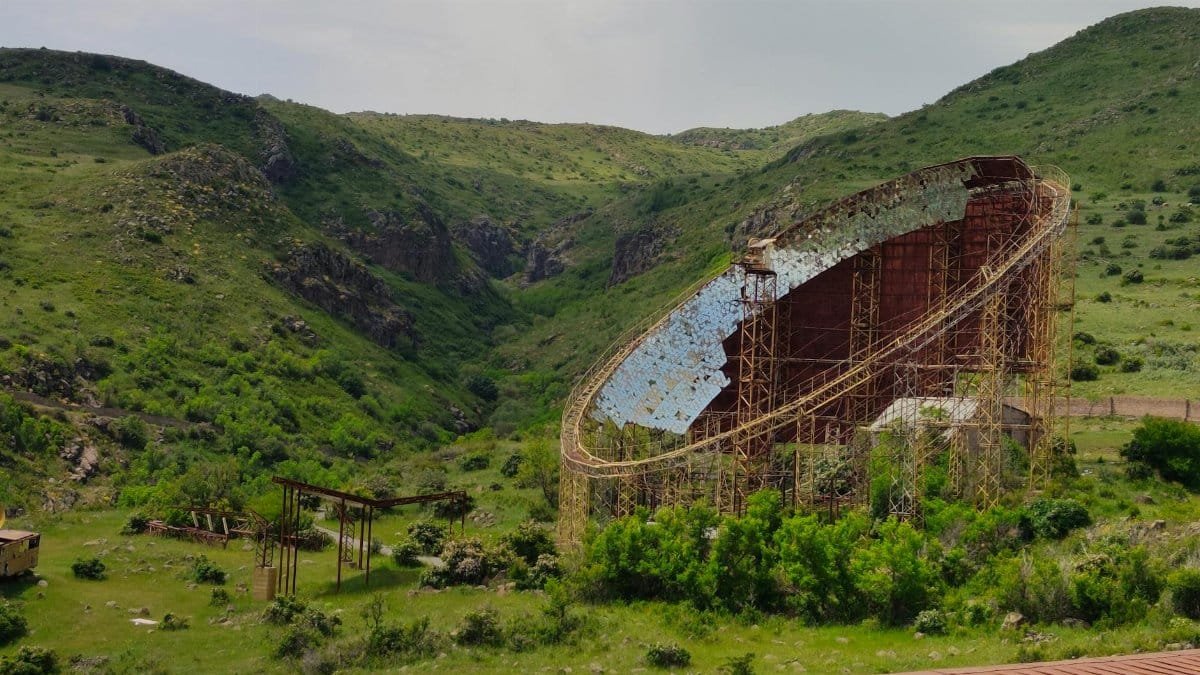
Gratitude isn’t just a warm fuzzy feeling—it’s got science behind it. Studies show expressing thanks can trigger oxytocin, often called the “bonding hormone,” which reduces stress and boosts trust. A 2016 report from the American Psychological Association highlighted how gratitude practices improve mental health. In co-working settings, a qr gratitude wall could amplify these effects, turning a quick “thanks” into a measurable mood lift for both sender and receiver.
How It Boosts Workplace Morale
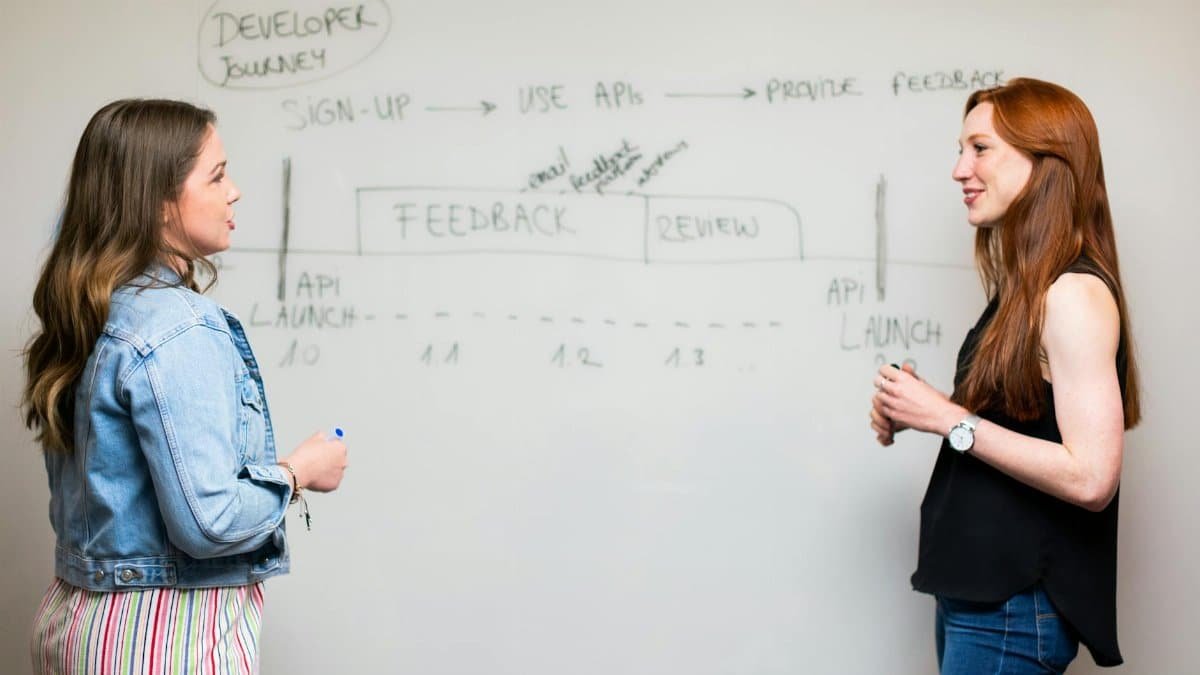
Shared workspaces can feel impersonal, with workers buried in laptops and earbuds. A digital gratitude wall cuts through that, creating micro-moments of recognition. When someone scans a code and sees a note appreciating their help with a printer jam, it’s a small but powerful morale boost. Managers of co-working hubs report that such initiatives reduce friction and make spaces feel more like communities, not just rented desks.
Tech Meets Heart in Implementation
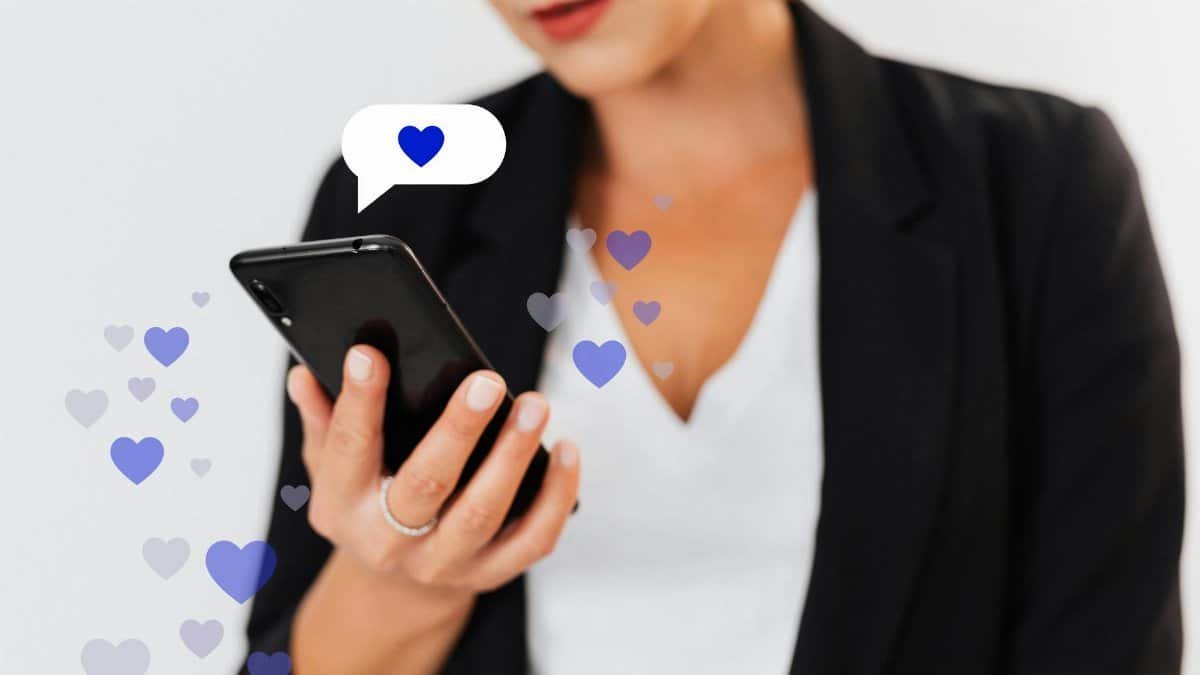
Setting up a qr gratitude wall is straightforward: a printed QR code links to a moderated online platform where messages are posted. Some spaces use apps like Slack to integrate these walls, ensuring privacy and spam control. The tech is minimal, but the emotional payoff is huge. It’s a reminder that even in hyper-digital environments, a simple thank-you—delivered via a scan—can resonate deeply with users craving connection.
Real-World Impact and Feedback
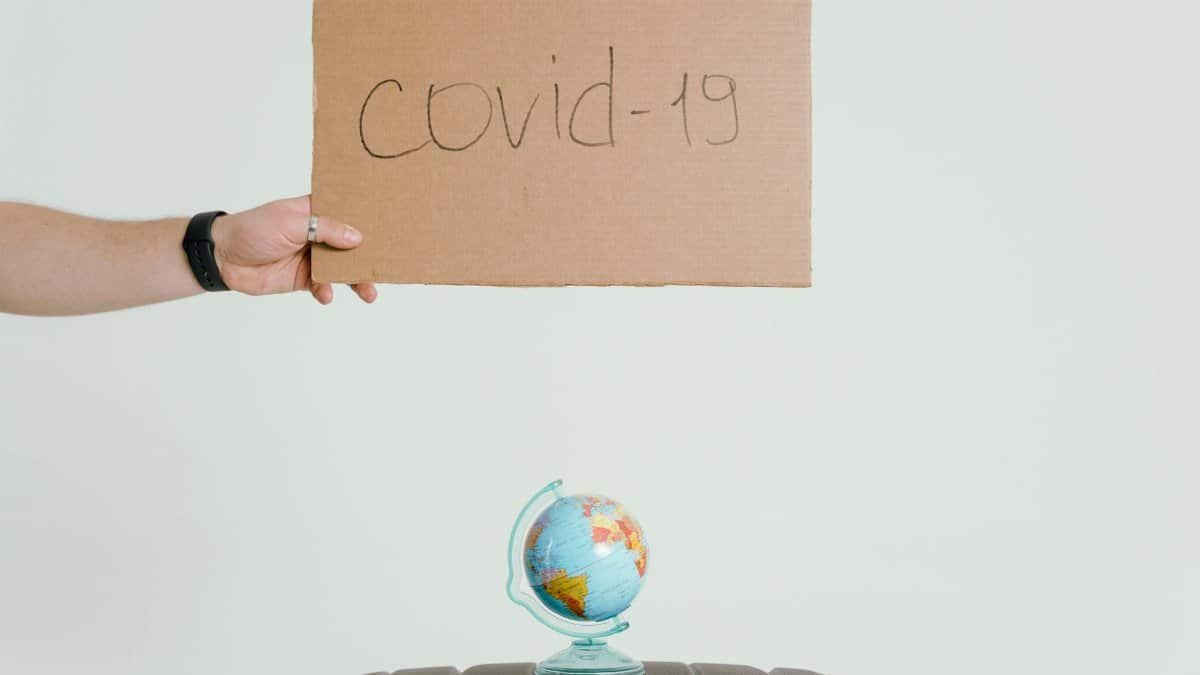
Early adopters in cities like New York and San Francisco are seeing results. A 2023 survey by the Pew Research Center on workplace tech trends noted that digital tools fostering connection are gaining traction among gig workers. Users of gratitude walls report feeling “seen” in spaces where they often feel invisible. One freelancer shared, “Reading a note about my quick tip on Zoom settings made my day. It’s nice to matter.”
Challenges to Consider

Not everything is rosy. Moderation is key—unfiltered walls can attract negativity or spam. Some users also worry about anonymity being misused. Co-working operators must balance openness with oversight, ensuring the wall remains a safe space for positivity. Tech glitches, like broken links or unscannable codes, can also frustrate users, so maintenance is critical to keep the goodwill flowing.
The Future in Shared Spaces

As hybrid work grows in 2025, tools like the qr gratitude wall could become standard in co-working environments. They’re cheap, scalable, and tap into a universal need for appreciation. With mental health a growing priority, these digital walls might just be the glue that holds transient work communities together, one scanned thank-you at a time.
